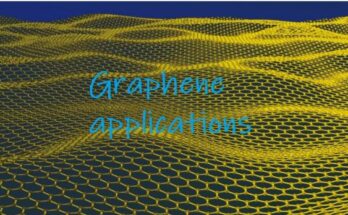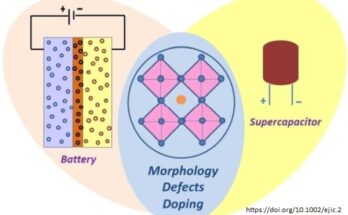The future electronic and spintronic devices will feature low power and small dimensions. Researchers have been studying on candidates of materials for such future devices. Recent progress in 2D materials (e.g., transition metal dichalcogenide (TMD)) have provided great promise for making new generation of nanoelectronics and spintronics because of their small thickness and attractive physical properties. This especially important to break through the limit of traditional silicon-CMOS technology that is driven by Moore’s Law based device scaling.

Observation of large quantum spin Hall Effect (QSHE) in TMD semimetal WTe2 at room temperature has been reported. The unique physical properties reveal that monolayer WTe2 can be an ideal topological insulator (TI) with non-dissipative conductive helical edge states that demonstrate spin-momentum locking.
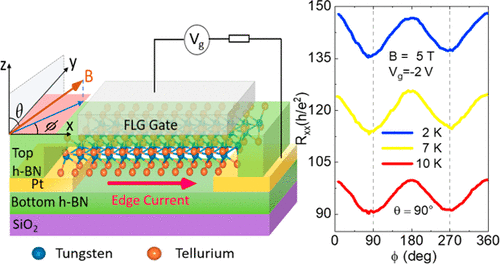
In such a 2D quantum spin Hall Insulator (QSHI), the only scattering channel for the helical edge carriers is by back scattering. TI (topological insulator) is an insulator internally and a conductor along the edges. The electron transport along the edge possesses a unique characteristic, helicity, which indicates the electron rotation, spin, relies on the direction of electron movement. This characteristic makes QSHIs ideal for new spintronic devices. In classical electronic devices, physical signals are generated by the flow of electrons, or charges. In spintronic devices, the spin hall effect (SHE) converts the current formed by electron charge into the current based on electron spin. 2D topological insulators basically dissipate no energy while allow electrons to flow along the edge, which is the ideal materials for the next generation of ultra-low power devices.
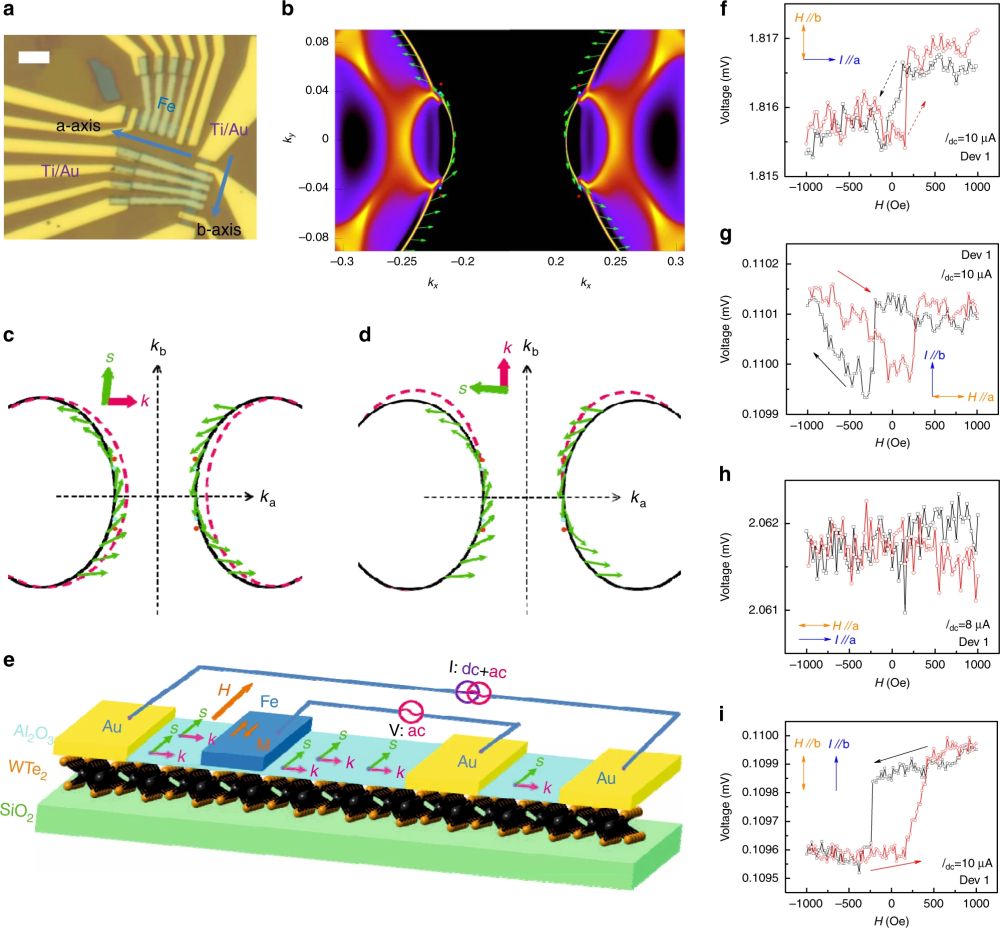
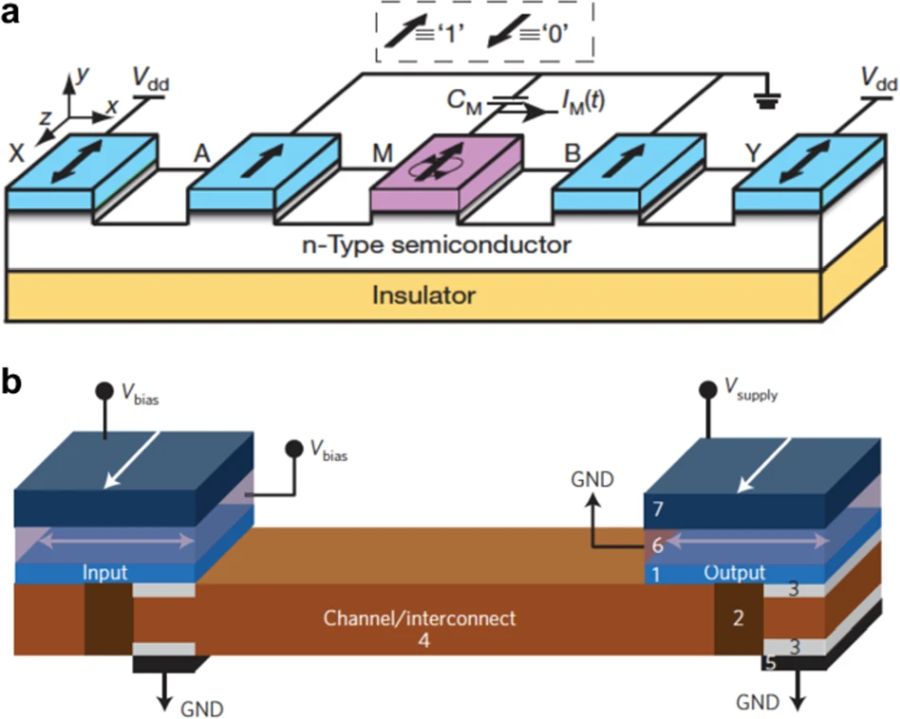
Reference
- Tan C, Deng MX, Zheng G, Xiang F, Albarakati S, Algarni M, Farrar L, Alzahrani S, Partridge J, Yi JB, Hamilton AR, Wang RQ, Wang L. Spin-Momentum Locking Induced Anisotropic Magnetoresistance in Monolayer WTe2. Nano Lett. 2021 Oct 25. doi: 10.1021/acs.nanolett.1c02329. Epub ahead of print. PMID: 34694117.
- Zhao B, Khokhriakov D, Zhang Y, Fu H, Karpiak B, Hoque AM, Xu X, Jiang Y, Yan B, Dash SP. Observation of Spin Hall Effect in Weyl Semimetal WTe2 at Room Temperature. arXiv preprint arXiv:1812.02113. 2018 Dec 5.
- Ahn, E.C. 2D materials for spintronic devices. npj 2D Mater Appl 4, 17 (2020). https://doi.org/10.1038/s41699-020-0152-0
- Tang, S., Zhang, C., Wong, D. et al. Quantum spin Hall state in monolayer 1T’-WTe2. Nature Phys 13, 683–687 (2017). https://doi.org/10.1038/nphys4174
- Lodge MS, Yang SA, Mukherjee S, Weber B. Atomically Thin Quantum Spin Hall Insulators. Advanced Materials. 2021 Jun;33(22):2008029.
- Tan C, Deng MX, Zheng G, Xiang F, Albarakati S, Algarni M, Farrar L, Alzahrani S, Partridge J, Yi JB, Hamilton AR. Spin-Momentum Locking Induced Anisotropic Magnetoresistance in Monolayer WTe2. Nano Letters. 2021 Oct 25.
- Šmejkal, L., Mokrousov, Y., Yan, B. et al. Topological antiferromagnetic spintronics. Nature Phys 14, 242–251 (2018). https://doi.org/10.1038/s41567-018-0064-5
- Grazianetti, C. Martella, E. Cinquanta, (INVITED) Emerging routes to light-matter interaction in two-dimensional materials, Optical Materials: X, Volume 12, 2021, 100088, ISSN 2590-1478, https://doi.org/10.1016/j.omx.2021.100088.
- Li, P., Wu, W., Wen, Y. et al. Spin-momentum locking and spin-orbit torques in magnetic nano-heterojunctions composed of Weyl semimetal WTe2. Nat Commun 9, 3990 (2018). https://doi.org/10.1038/s41467-018-06518-1
- Ilatikhameneh, H., Ameen, T., Novakovic, B. et al. Saving Moore’s Law Down To 1 nm Channels With Anisotropic Effective Mass. Sci Rep 6, 31501 (2016). https://doi.org/10.1038/srep31501


